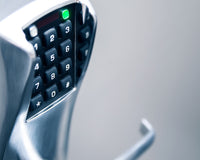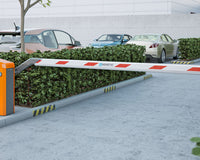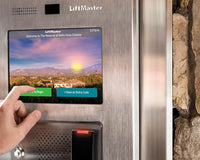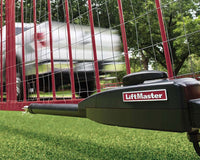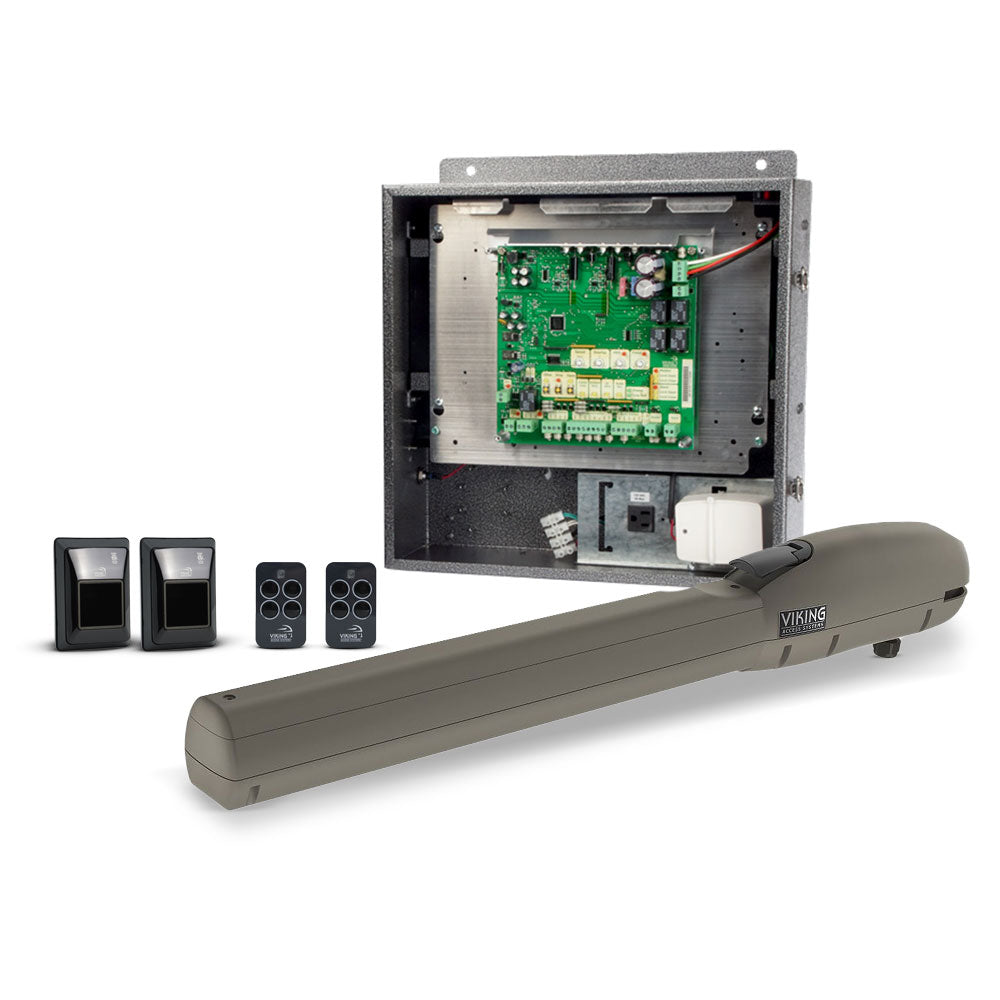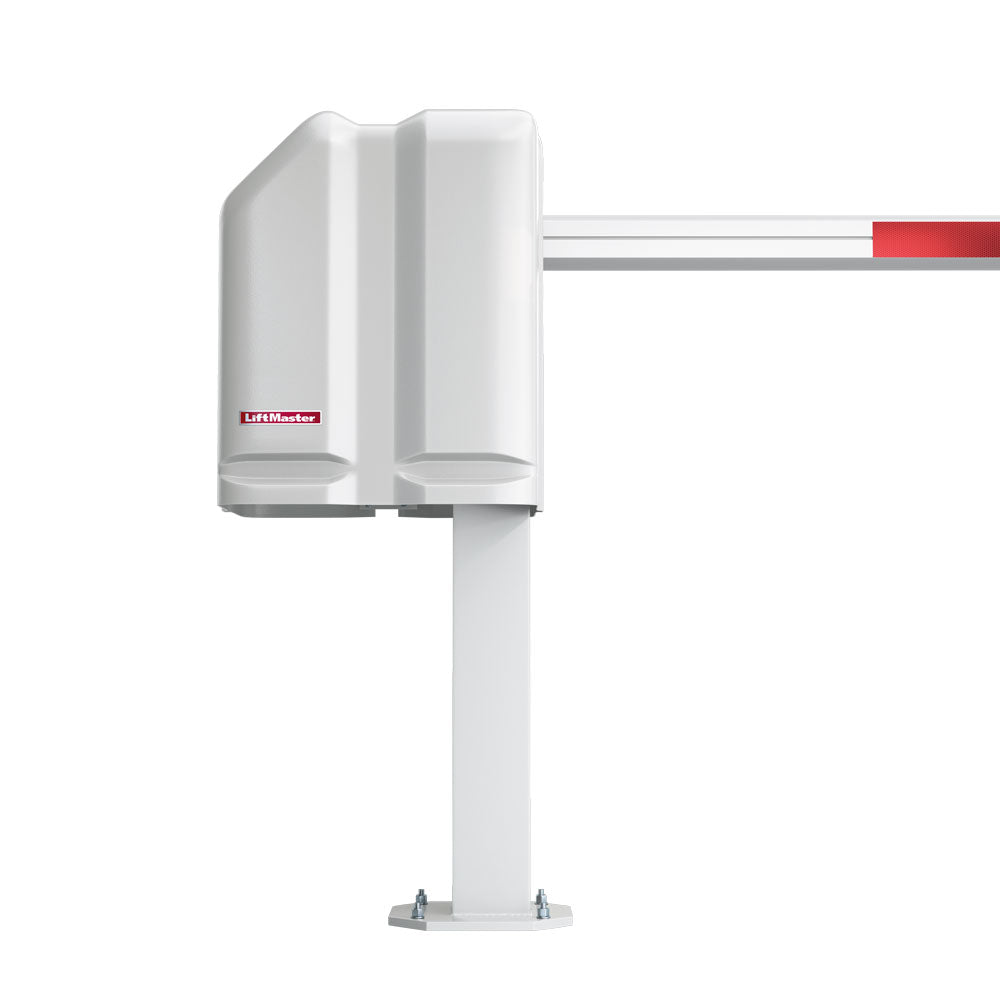The PTZ camera system is one of the most innovative security cameras for property security. Its main feature is the pan-tilt-zoom lens, which moves horizontally and vertically, covering more ground than the traditional IP camera.
Establishing a functional security camera system has been made easy with everything All Security Equipment offers. ASE offers PTZ camera systems with amazing features to enhance your home security measures.
We also offer other security camera-related products for setting up or retrofitting your current security camera system.

Features to Look for in a PTZ Camera System
The rotating lens of a PTZ security camera has directional and zoom capabilities that can be controlled remotely. It can swivel to a particular direction you need to monitor in real time.
PTZ stands for pan, tilt and zoom, which broadly identifies how its motorized lens works.
- It allows the camera to move left and right. Depending on the brand, a PTZ camera can pan from 240 to a complete 360 degrees.
- It is the camera's movement up or down in a 90-degree direction.
- The camera can zoom closer to focus on a particular detail.
PTZ cameras have many other features, and knowing what to look for in a camera maximizes its potential and provides better protection for your property.
High Resolution
Better camera resolution provides better output, especially if you need to look into the details of the footage. Look for PTZ cameras with a minimum resolution of 1080p to an ultra-high 4k PTZ camera resolution. Higher-resolution security cameras provide better production output. However, they also take up more storage space.
Zoom Features
The zoom feature is an important feature to look for in a PTZ security camera. Here are some key points to remember when looking for PTZ zoom capabilities:
- Optical vs Digital Zoom: Optical zoom uses the camera lens to zoom into an object, while digital zoom utilizes software to decrease the precise angle of view by cropping the image. Hybrid zoom incorporates both features for better and clearer zoom output.
- The zoom range: The amount of magnification of the object in focus. Security camera zooms range from 4x, 5x, 10x or 20x optical zoom. Some PTZs like Hanwa Vision have up to 25x optical zoom range, which is decent enough for viewing license plates from afar.
- Auto-focus: Cameras with the auto-focus function can automatically focus on a target. Auto-focus functions provide sharp images even when zooming from a distance.
Low Light Performance
Lighting conditions affect the quality of the image and video output. The Lux rating determines low-light sensitivity. A low Lux rating (0.01 to 0.1) means the camera has excellent low-light performance.
Security cameras do not necessarily need light to function. But, some of these important features improve its low-light performance:
- Infrared Illumination. Security cameras with Infrared or IR illuminators use IR LED light to enhance visibility in the dark.
- Night Vision. Infrared night vision uses bright white light to capture images in color.
- Thermal Imaging. Security cameras with thermal imaging can work without visible light. They pick up heat signatures to identify the presence of humans or animals and create a heat map to capture images even in pitch darkness.
- Noise Reduction. It reduces the image noise in low light conditions and enhances image or video quality.
- Wide Aperture. Cameras with wider aperture (lower f-number) allow more light to enter the sensor for better visibility.
Pan/Tilt/Zoom Speed
The speed by which the motorized lens moves to pan, tilt, and zoom can be adjusted based on your needs.
- Slow-speed PTZ cameras that move less than 60 degrees per second are ideal for precise movement in surveillance.
- Medium-speed cameras with 60-120 degrees per second movement are good for general-purpose surveillance shots.
- Fast-speed cameras over 120 degrees are best for tracking fast-moving objects and covering a wide ground in seconds.
Automated Tracking
PTZ security camera with auto tracking or smart motion detection sensors follows moving objects within its field of view. It can seamlessly auto-track a motion and zoom out while tracking. When the object stops moving or if it reaches its tracking rate time, the camera will return to its home position.
Two-Way Audio
Most modern IP cameras have built-in speakers and microphones for two-way audio communication. They can capture directional audio and allow real-time communication through the camera and a remote device.
Dual Lens Camera
One disadvantage of a PTZ camera system is the gap in recording it creates between its movements. It may leave some areas unsupervised while it moves along to track a motion and before it returns to its preset position.
Some PTZ cameras incorporate a fixed camera along with the pan-tilt-zoom camera, reducing the need to install multiple cameras.
The dual lens further enhances security measures by keeping one eye fixed on a critical area and one left to swivel and survey the surroundings.
One example of this camera is the UNV Lighthunter Dual Lens PTZ IP Camera.
Automatic Tour Feature
A PTZ camera system allows programmable presets to patrol and tour in pre-determined viewing locations at fixed pan times. The camera works independently, panning, tilting, and zooming into a particular preset before moving to the next programmed location.
System Integration
PTZ security cameras can be integrated into other systems to enable centralized monitoring and control. Look for cameras that can be connected to a video management system, door alarm, gate entry security system, and other home ecosystem programs. These systems allow active deterrence and an automatic response to threats for enhanced security and protection.

PTZ Camera System: More Considerations
A PTZ security camera is versatile and can be used with any security and surveillance system. However, before purchasing and installing one, you should know some more useful information about PTZs.
Mounting Option
A PTZ surveillance camera is versatile in terms of mounting options. Generally, surveillance cameras are installed on walls and ceilings at least 5 feet high to cover a wide range of angles.
Outdoor PTZ security cameras can be mounted anywhere, even on a pole, to achieve a better vantage point. They are also versatile and can be used for tripod mounting with fasteners and mounting brackets, which are ideal for live streaming.
Power Source
When choosing a PTZ camera system, identify the appropriate power requirements. Ideally, this camera system requires an AC source and an electric outlet. Battery and solar power are also available in some models.
Other modern PTZs use Power over Ethernet (PoE). PoE is the cable that connects it to the network and also provides it with power.
Connectivity Options
PTZ cameras can be wired or wireless. Wired connections use ethernet cables and are the most reliable. However, they are more difficult to install because they require wiring and possibly some drilling to run the connections from the network to the camera system and security DVR or network video recorder.
Wireless PTZ cameras are easier to set up and are more convenient than wired camera security systems because they use Wi-Fi. However, the overall performance of the wireless camera security systems largely depends on the network’s signal strength.
Control
The movements of the PTZ camera can be controlled using a joystick, IR remote control, or integrated software.
PTZ cameras with joystick controllers connect to the camera using cables such as Ethernet. The joystick is used to manually control the camera's panning, tilting and zooming from the security DVR to the display monitor.
IR remote controls are easy-to-use controllers. However, it requires that the camera is within close range for the controller to access it.
Most IP PTZ cameras today use integrated software or apps that control the camera remotely. This allows the owner to access the IP camera system in real-time from anywhere.
Weather Resistance
A PTZ security camera must be installed properly and according to its intended purpose. While outdoor PTZ cameras work fine in indoor settings, indoor cameras are not designed for outdoor scenarios.

For a PTZ camera to be weather resistant, it must be explicitly stated that it is an outdoor camera. Cameras with IP ratings 67 and 68 can tolerate different outdoor weather conditions, such as rain and dust.
Protecting Your Property With the Right PTZ Camera System
The functionality of your IP PTZ camera systems plays a significant role in monitoring and control. A good PTZ camera oversees all of your security needs and covers a lot of ground, allowing you to track events as they happen.
Secure your home and property today and order the reliable and functional PTZ camera from All Security Equipment. If you need to check special PTZ camera features, call our customer service or tech support for more information.


